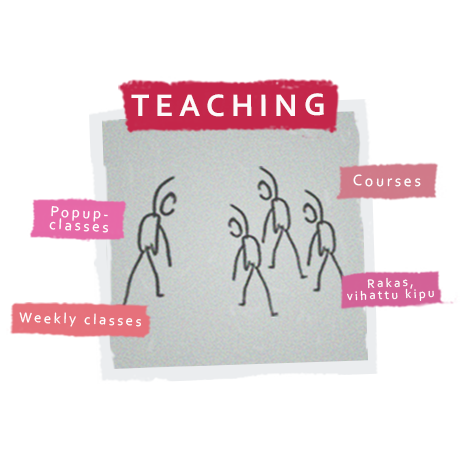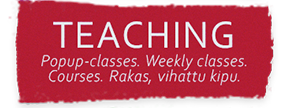New address is Hämeentie 155 A, the 3rd floor. Welcome!
This somatic manual treatment practice that I have named as an osteopathic alignment, is based on my studies in classical osteopathy, craniosacral therapy, dance and various somatic approaches. The treatment focuses on to release tension and stress states using passive movement and by treating soft tissue, especially myofascial connections.
Holistic well-being consists of many factors. Different symptoms, pains and sensations are exclamations of imbalance. Treatment could be one way to take care of yourself and your well-being. I help you to get your body back towards equilibrium by releasing muscular tensions and by balancing musculoskeletal patterns, so that the systems and movements of the body would support your well-being.
A small story about classical osteopathy
The classical osteopathy can be approached more as a philosophy than a as a mechanical treatment method. The founder of osteopathic profession was Andrew Taylor Still (1828–1917), a self-educated physician, like most American physicians of his time. After him, the time has made several modifications to the osteopathic profession, but some significant principles that still create the nature of osteopathy have survived to this day: 1) the body is a unit and the person is a unit of body, mind, and spirit, 2) the body is capable of self-regulation, self-healing, and health maintenance, 3) structure and function are reciprocally interrelated and 4) treatment is based upon an understanding of the body unity, self-regulation, and the interrelationship of structure and function. (Seffinger 1997, 4 in the book of C.Ward (edit.) Foundations for Osteopathic Medicine.)
These four osteopathic principles can be encapsulated into the phrase: “The body structure leads the function”, or “the function leads the structure”.











